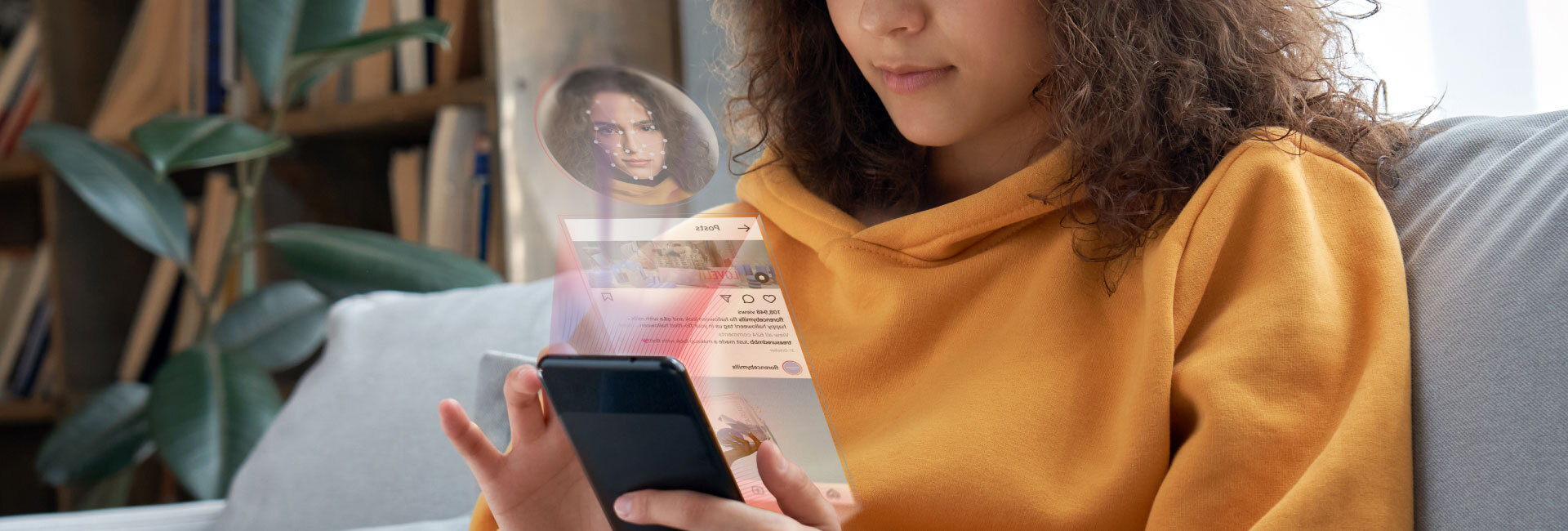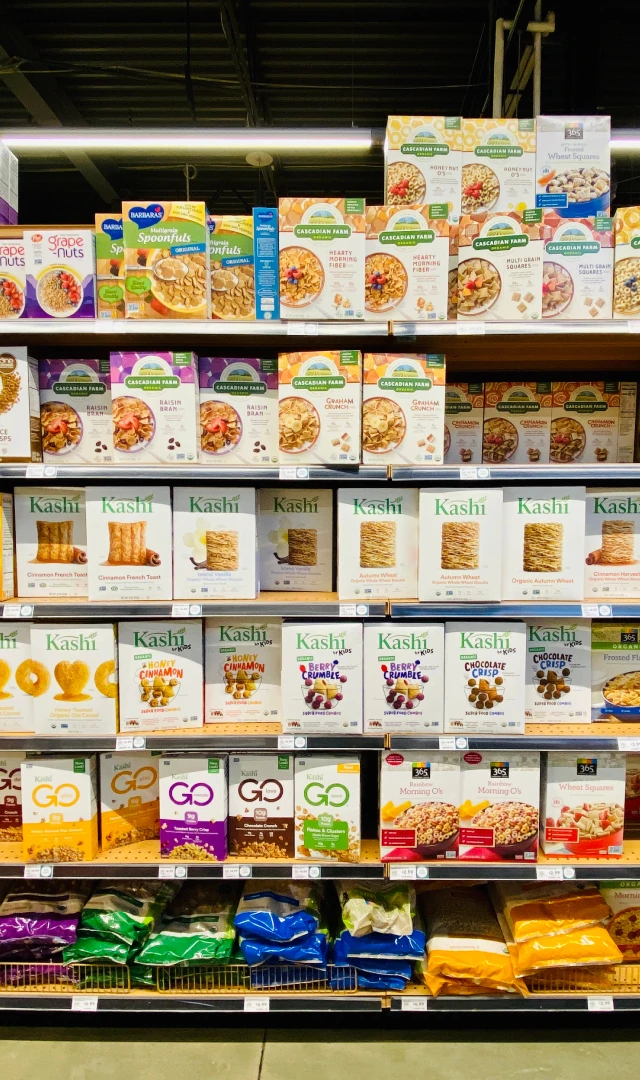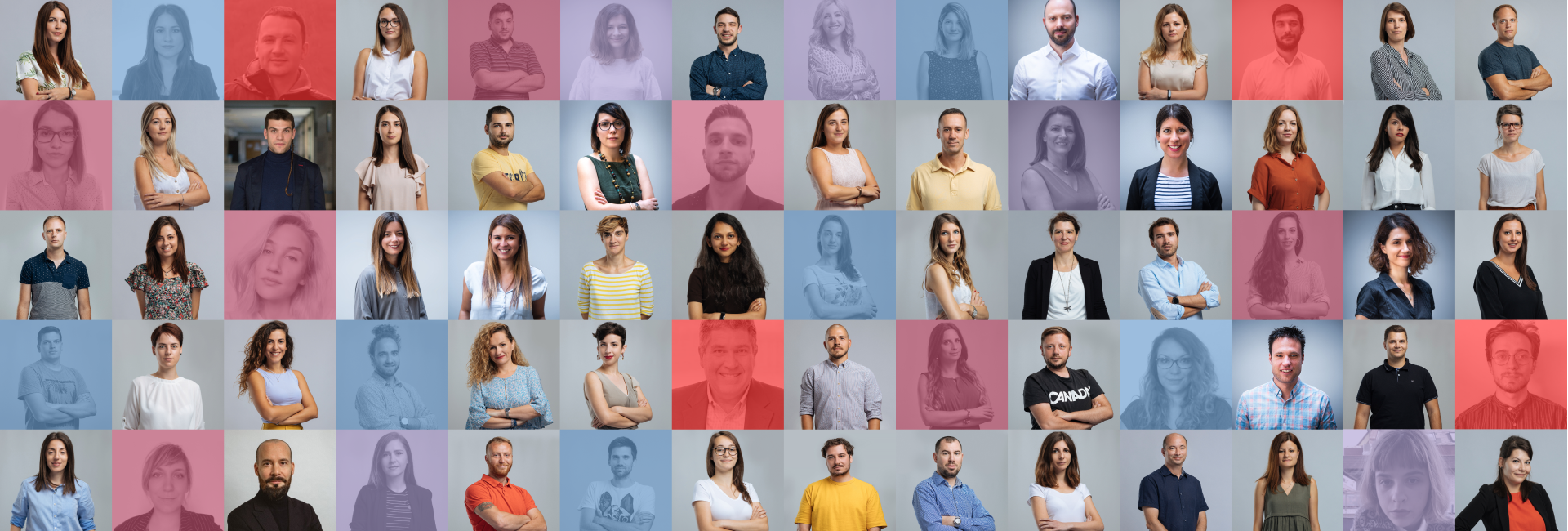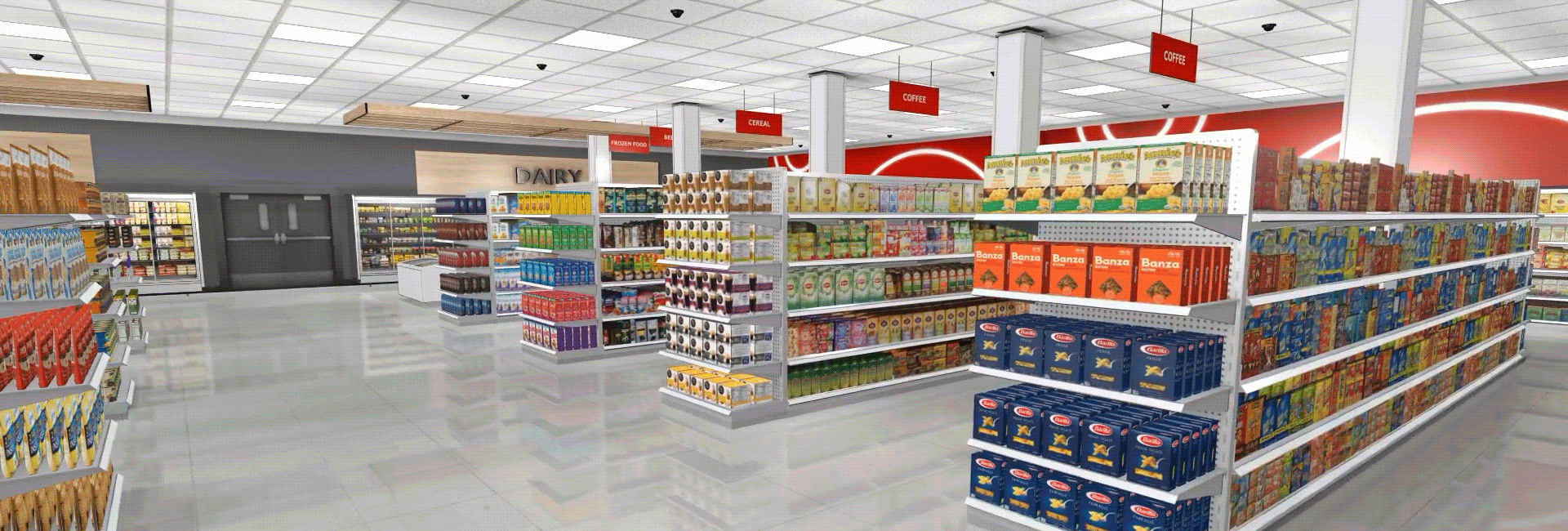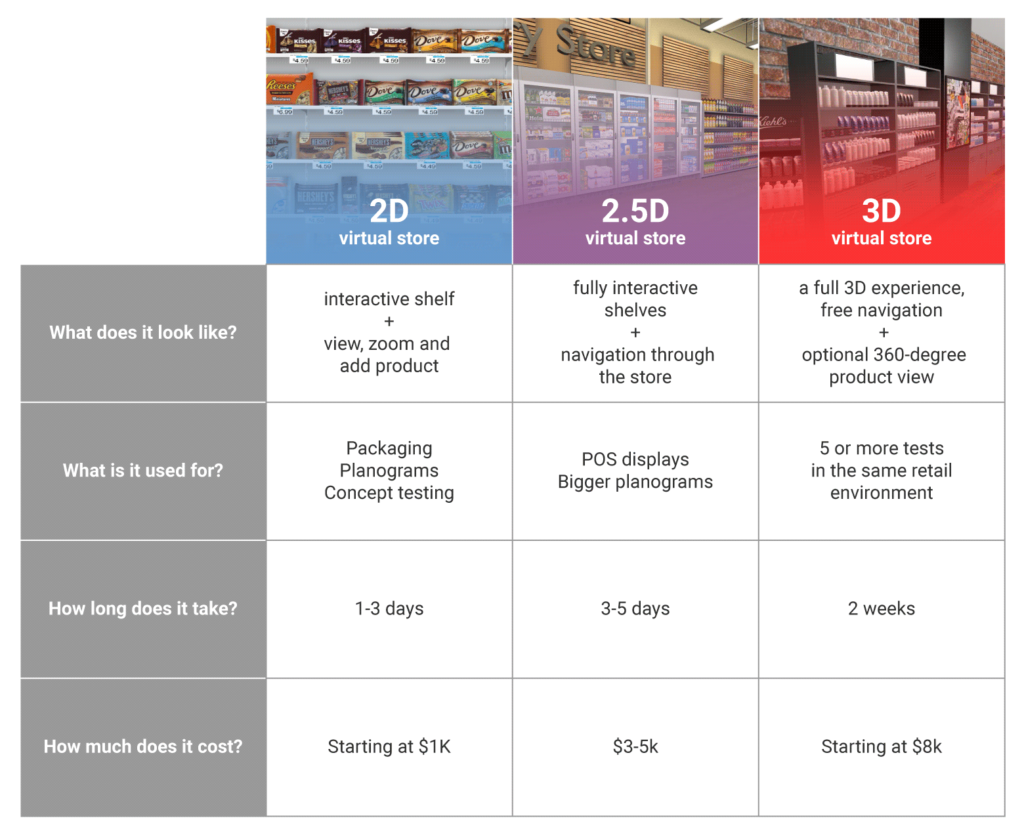Social media campaigns hold a great power to tackle important issues, such as BLM, COVID-19, and the pressing concern on climate change and plastic pollution. Most social media campaigns that address these topics are communicating in such a way that can make consumers feel concerned about their future – but this approach seems to lack the impact on actual consumer purchase.
This is the third installment of the study exploring what makes a competitive sustainable product win on the shelf – the first two parts covered which consumers you should be talking to and how to choose just the right product claim that resonates with the green shopper.
Part 1: The green horizon: An intro to the green buyer and how to measure eco behavior
Part 2: Walk your talk: Strategies for choosing your sustainable product claims wisely
Part 3: Social media impact: How much does social media content affect actual shopping?
Part 4: Virtual shopping: Why some categories are leaders in change, and how to become one
Science sells, but familiar faces pull focus
Product marketing is all about emotions – for hundreds of years, marketers’ main goal was to trigger just the right feelings and ensure consumers feel good about the purchases they are making. So, is this the key to encouraging more eco-conscious shopping as well?
The study included 4 different simulated Facebook timelines, and each timeline had 4 different posts tackling the same topic of plastic pollution. The categories of the 4 types of posts were – scientific posts, those promoted by mass media, celebrity-endorsed ones, and posts from NGO campaigns.
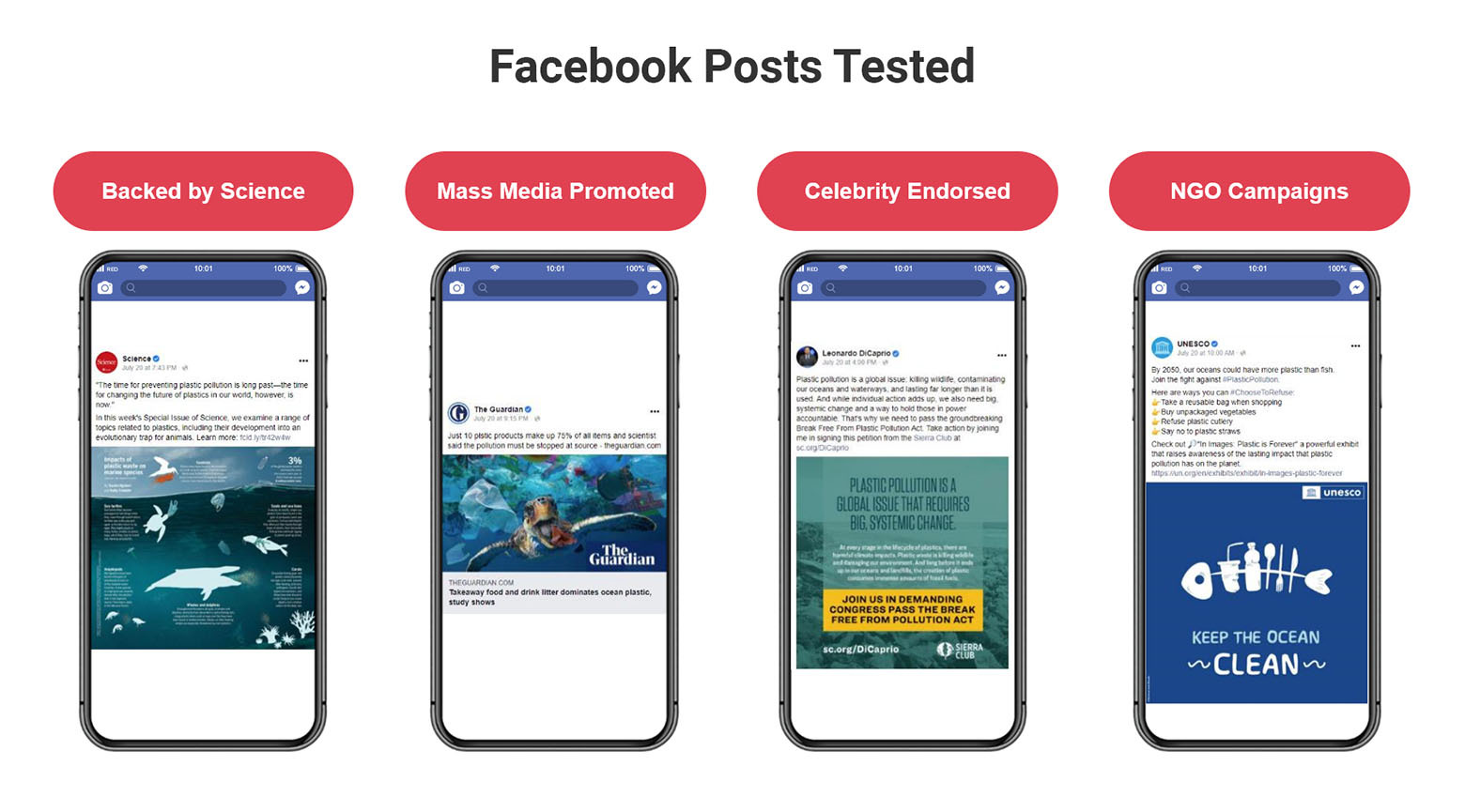
A combination of eye tracking and facial coding methods tracked eye gaze and detected emotional reactions to the posts in every timeline. Each exposure to the timeline was followed by a virtual shopping task and a survey. Although facial coding and eye tracking are vital when testing ads – you need to rely on more than one method. While they can uncover if ads are emotionally captivating – only by combining them with virtual shopping, it becomes clear how well emotions translate into action.
The change can be made if you understand the consumer challenges
As we mentioned in previous installments, there is a significant lack of awareness that each individual can make an actual contribution – only 34% of shoppers think they personally can contribute to solving the problem of pollution. Interestingly, the findings showed that ad exposure did significantly increase sales of sustainable products by up to 9% (from 9% to 18%) – suggesting that taking time to really educate the consumers and provide facts and data will impact the demand for more eco-friendly alternatives.
Important to note here – these results can not be compared to the data collected from testing ads that directly promote a product and are then followed by a shopping task for that exact product. The content that addresses environmental issues has a much more challenging task of not selling anything but still influencing how consumers shop.
There is no one-size-fits-all post – you must create a funnel
So if some posts perform better in terms of triggering emotions, but others actually influence the shopping behavior – how should brands approach addressing this issue? In part one of this series, we mapped out the different types of green shoppers and their varying levels of eco-awareness. Understanding the differences and nuances between consumers’ readiness to act green is fundamental for targeting their exact motivations as you craft the messaging of your posts.
Here is a handy breakdown of the post performances:

To ensure the entire spectrum of the consumers is covered, it is best to build a funnel. Firstly – evoke interest in the issue. For this, celebrity and NGO ads are very effective – they hold the attention for about 5 seconds on average, compared to the Scientific and Mass Media posts, which were looked at for 3.45s and 3.91s, respectively. On top of this, posts that featured celebrities aroused the most positive emotions and interest! So while great for raising awareness on the issue, the main challenge becomes truly impacting the eco behavior – and this is where scientific types of posts can give that one extra push towards action!
The posts with messages that appeal to the viewers’ emotions drive higher emotional reach, likability, clarity, personal relevance, and persuasiveness and are deemed more credible. The data showed that messages striving to evoke fear are seen as less persuasive. So seek to inspire and empathize – not shock!
Key recommendations straight from our experts:
- Grab attention with powerful visuals or celebrity ambassador – make sure the celebrity spokesperson has credibility and a spotless reputation
- Demonstrate expertise – educate your shoppers about pollution and plastic waste issues and showcase what they can do to help
- Be honest about your share of responsibility – be transparent about how your brand is contributing to this cause
- Make consumers feel good about buying a sustainable alternative – do not try to guilt them into buying because it does not work.






